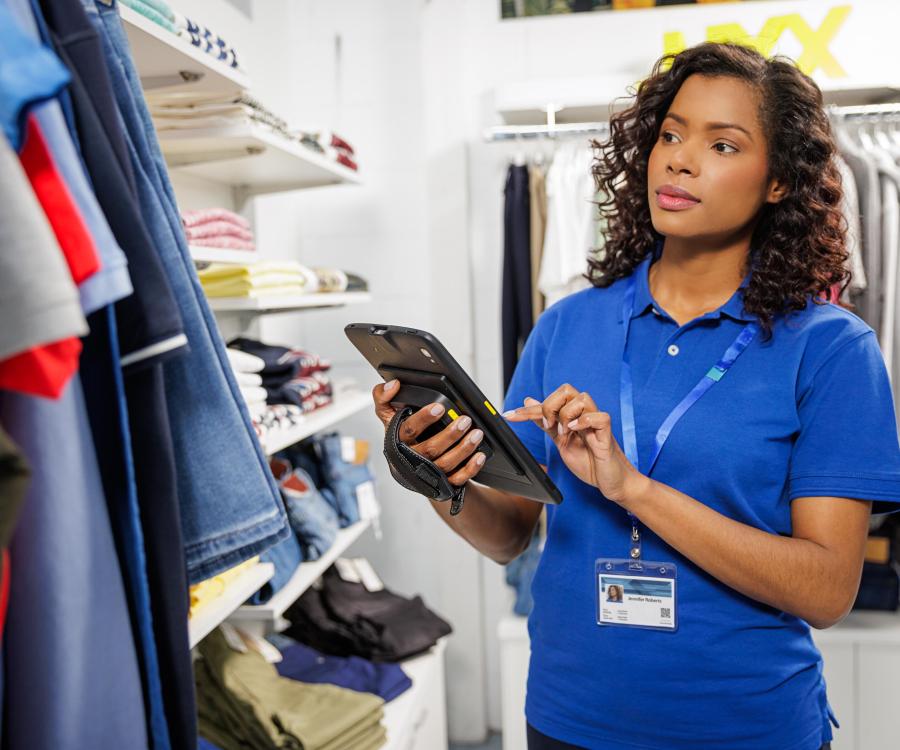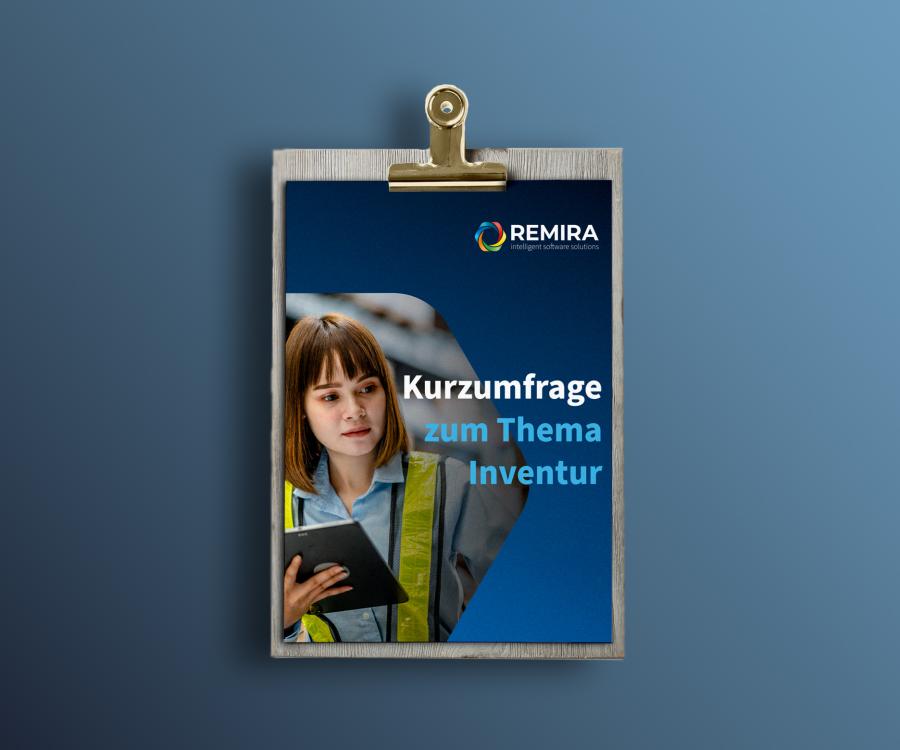Restocking merchandise and scanning it – that’s part of everyday life in retail. During the annual inventory, merchandise needs to be tallied once a year. Oftentimes your own employees and the mobile scanners are just not enough. Now is the chance for external service providers.
Does the entered estimated balance match the actual balance? Finding the answer to this question is what inventory is all about. Detected discrepancies are corrected in the estimated balance. The resulting inventory differences flow into the income and loss statement of the company. The inventory differences in the German retail industry are still at a high level. According to the EHI, they add up to 3.9 billion Euros annually. Crooked customers cause just shy of 2 billion Euros of this amount and about 800 million are charged to the company’s own employees. The remainder is attributed to suppliers, servers and organizational errors. Among these errors are also inventory counting errors, oftentimes caused by time pressure during inventory taking.
The case for outsourcing
In light of narrow margins, retail has less and less back up personnel. While temporary employment agencies provide only the needed manpower, special inventory service providers consider themselves as comprehensive retail partners. They offer more than just counting and recording of data. Before taking inventory, they analyze the stores of their clients. They adapt their own communication technology to the IT landscape of their client and calculate the staff requirements. They also advertise that their trained staff works faster. The service provider marches up with more handheld scanners than the store would ever need for their normal day-to-day operations. On top of data collection, the service providers also offer data control, target/actual value comparisons and accounting assistance.
The peak season is right around the change of the fiscal year. That’s why service providers try to also obtain contracts during the rest of the year. They court companies that are presently in the process of taking over external stores and thus want to take their inventory. Insurance claims are also being considered. The service providers emphasize that being a neutral third-party, they deliver objective results.
Inventory without inventory management
To date, smaller specialty retailers still don’t have inventory management. Service providers can also help in this instance. For these businesses, they don’t directly feed in their scan data into inventory management. Instead, they prepare the raw data and then provide them on CD-Rom. Example books: a bookseller can have the service provider supplement the scanner device-recorded ISBN and non-book items with titles, sales prices and sales tax labels, and have them analyzed based on valuation methods that are customary within this industry sector.
For some retailers, repair is part of the service. During inventory taking, the inventory in the workshop also needs to be recorded. But how do you count screws or bike valves? Once they are no longer in the original packaging, they don’t have a barcode anymore. For such small parts, exact weighing has stood the test of time. For example, you weigh ten screws, determine their weight and via the total weight of all similar screws calculate the total number.
And how does one count fish at a pet shop? At the German pet shop Kölle-Zoo, one differentiates between completely equipped display fish tanks with a few fish in them, including water plants, stones and filter technology from large fish tanks. The latter serve the purpose of selling the fish and are minimally decorated. While it’s easy to manually count the fish in the display fish tanks and enter the EAN code of the decoration items, the large fish tanks are being photographed to then be able to count the up to 100 small fish.
Kölle-Zoo operates 11 of their own specialty stores specializing in the areas of aquatic products, garden ponds, Koi fish, reptiles and amphibians, dogs, cats, birds and small pets. The stores are located primarily in Germany’s Baden-Württemberg. At the same time, Kölle owns a franchise in the discount chain store Fressnapf with 22 stores. For their inventory management system, they use Dewas by Superdata. The changeover to a closed-loop inventory management is planned to be completed by 2013. At that point, instead of the previous annual inventory count, permanent inventory is possible. Until then, an outside company does the stocktaking, but by using mobile data terminals by Kölle, and the retailer also handles his own data processing. Kölle quantifies the portion of scannable items at 98 percent. Living animals have an EAN code which is manually entered. Photos are only needed for fish in large numbers.











